It wasn’t long ago that the idea of the meat on our plates coming from vast stainless steel bioreactors, rather than farmed animals, seemed like science fiction. The notion has gone through numerous rebrands since its early positing as ‘vat meat’, which triggered unappealing visions of high-tech Spam.
‘Lab meat’ came next, as scientists perfected the recipe in small beakers in laboratories. Then came the more appetising-sounding ‘cultured meat’, as investment from high-profile individuals rocketed and producers positioned these products as having been brewed, just like beer. Now, ‘cultured meat’ has evolved to ‘cultivated meat’, which is the preferred term used by CEOs in the industry.
Whatever you choose to call it, with the future of global food security in question, and farmed meat a key culprit in climate breakdown, slaughter-free meat is starting to look increasingly like the future of food.
How is lab-grown meat made?
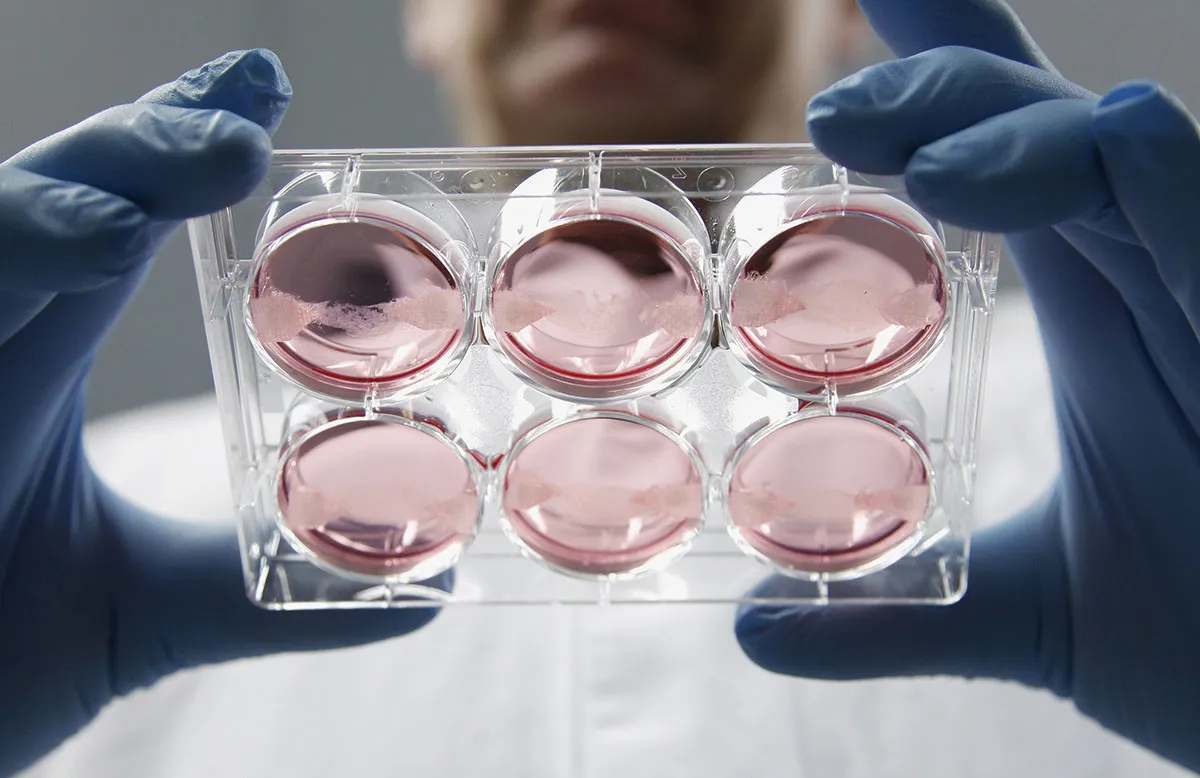
Rather than being part of a living, breathing, eating and drinking animal, cultivated meat is grown in anything from a test tube to a stainless steel bioreactor. The process is borrowed from research into regenerative medicine, and in fact Prof Mark Post of Maastricht University, who cultured the world’s first burger in 2013, was previously working on repairing human heart tissue.
Cells are acquired from an animal by harmless biopsy, then placed in a warm, sterile vessel with a solution called a growth medium, containing nutrients including salts, proteins and carbohydrates. Every 24 hours or so, the cells will have doubled.
How different is cultivated meat from the real thing?
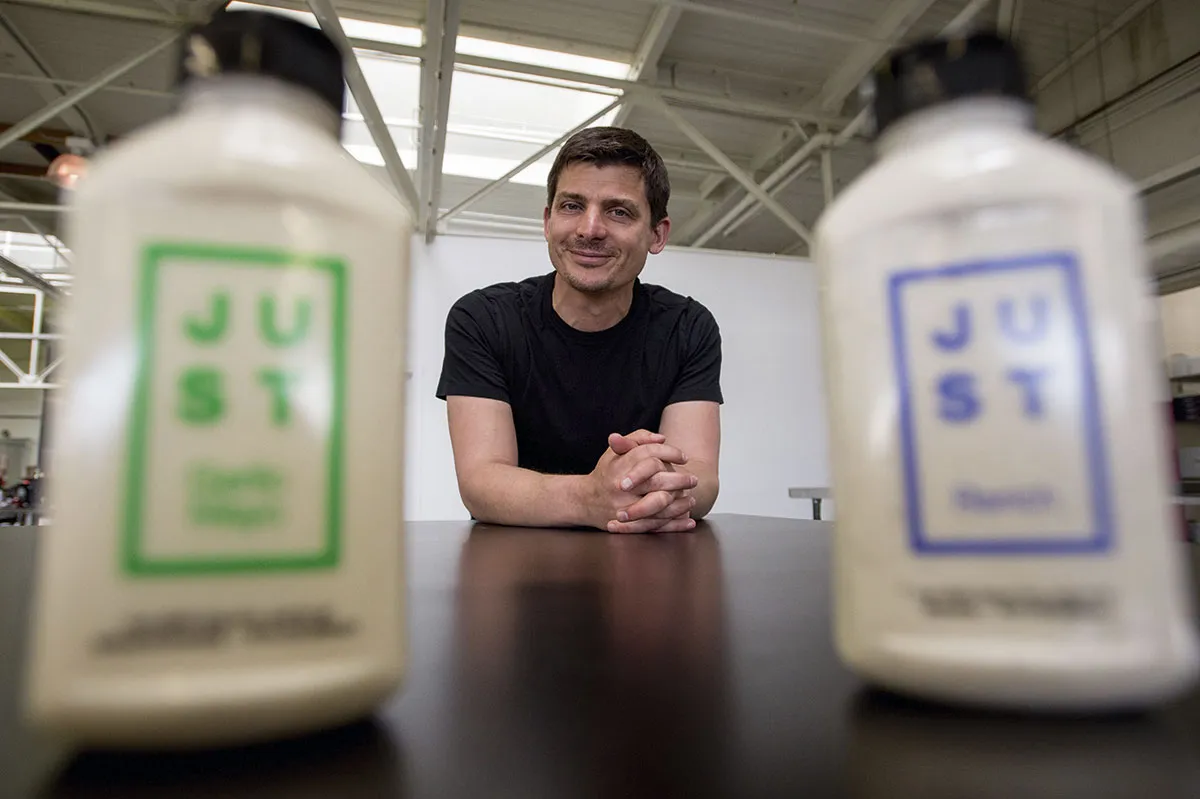
Cellular farming doesn’t grow cuts of meat, with bone and skin, or fat marbled through it like a succulent ribeye steak. Muscle cells require different conditions and nutrients to fat cells, so they must be made separately. When the pure meat or fat is harvested, it is a formless paste of cells. This is why the first cultivated meat products served up have been chicken nuggets or burgers.
The flavours, however, are of real meat. As they are produced in a sterile environment, there is less risk of contamination from disease and chemicals. This is in contrast to conventional agriculture where, says San-Francisco based Josh Tetrick, CEO of GOOD Meat, “you have a live animal slaughtered on the floor. If you look at the Salmonella, E. coli, faecal contamination that’s part of animal agriculture, it looks much better from a cultivated meat perspective than it does from a conventional meat perspective.”
Is lab-grown meat as nutritious as regular meat?
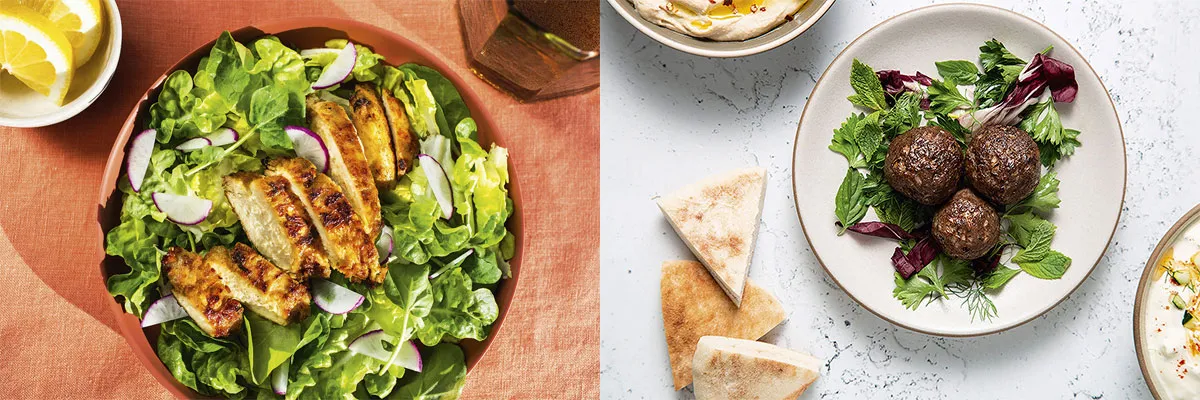
A spokesperson for UPSIDE Foods, a San Francisco-based leader in the cultivated meat arena, says that the nutrient profile will be similar, but it will also be possible to enhance or even personalise it.
“We are exploring ways to improve the nutrient profiles of our products. Whether that’s less saturated fat and cholesterol, or more vitamins or healthy fats,” they said. “For instance, imagine if we could produce a steak with the fatty acid profile of salmon? Or what if consumers could customise the nutrient profile in their products to meet their dietary needs?”
As there are so few cultivated meat products on the market requiring food labelling, we’ll have to wait to get a better understanding of the nutritional value.
When can people buy it?

People in Singapore already can. Tetrick’s company, GOOD Meat, has been producing and selling its chicken in Singapore since December 2020 at special events, both in an upscale hotel restaurant and the legendary Mr Loo’s hawker stall.
Breaded chicken and shredded chicken have both gone down well. Tetrick says the company has applied to the US Food and Drug Administration (FDA) for approval in the US, but no timescale has been given.
Other producers say that Western countries are still ironing out the details of how regulatory approval will work, but say they’ll be ready to scale up as soon as approval is given in the coming years.
Is it better for the environment?
The truth is, we can’t know until mass production is happening. Modelling the potential impacts of a fast-moving biotech industry that’s still in development is subject to many ifs and buts. One 2019 study from the University of Oxford warned that the energy used to make cultivated meat could release more greenhouse gases than traditional farming.
Pelle Sinke, researcher at Netherlands-based sustainability consultancy CE Delft, who was not involved in the research, says the part of the study that assumed use of electricity generated by a large proportion of fossil fuels highlighted the importance of renewable energy for cultivated meat production.
“In some scenarios, cultivated meat had a higher global warming effect, and in some scenarios a lower effect, depending on consumption levels, expected energy use for cultivated meat and the beef cattle system it was compared to,” he says.
Sinke adds that the study doesn’t, however, take into account the lower land use of cultivated meat. “[There’s] the possibility to use that land for plant-based protein production, nature and extra renewable energy production, which in turn influences the CO2 emissions of cultivated meat,” he says.
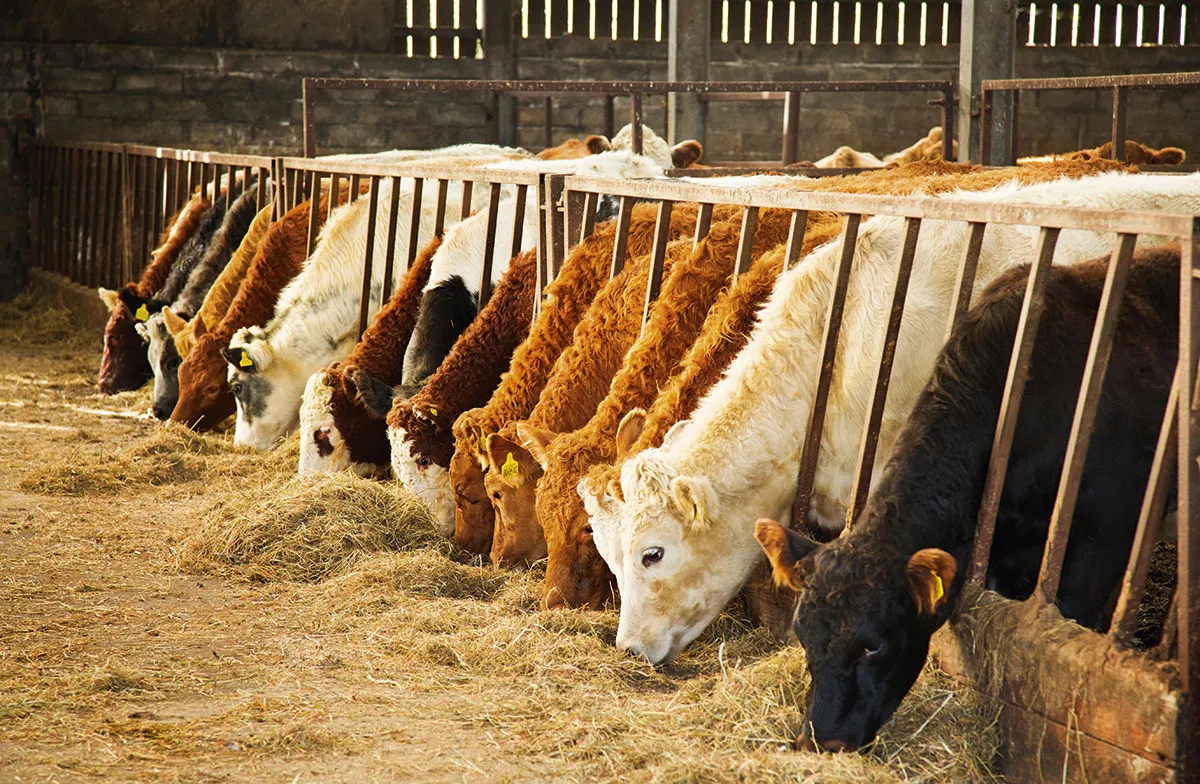
His own team has also been investigating the environmental impact and he says that while cultivated meat is no silver bullet to solve all the world’s problems, “it certainly has a lot of potential because it directly offers a more sustainable alternative to conventional meats. It is a more efficient way of converting crops into meat, and therefore much less land is needed to produce these crops.
"But it does use more energy. For a lower carbon footprint than conventional meats, it is crucial that renewable energy sources are used in its production, including in the supply chain – importantly for the production of nutrients and other ingredients needed for the culture medium.”
All of the companies contacted for this article – Mosa Meat, GOOD Meat and UPSIDE Foods – understand that building sustainable energy into production is essential.
What challenges need to be overcome?
A vegan growth medium
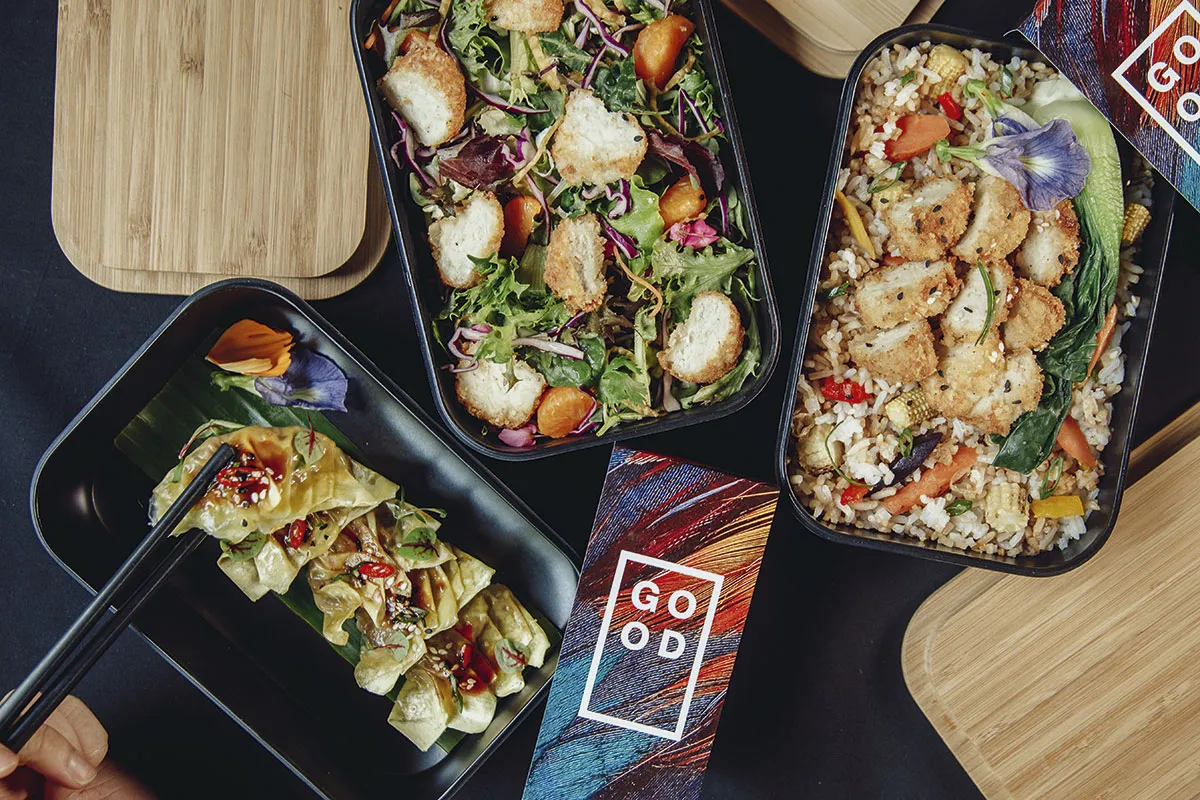
Until recently, in order to kick-start cell division, about 20 per cent of the growth medium had to be foetal bovine serum, drawn from the blood of a cow foetus. Not only is the serum prohibitively expensive, but it’s also distinctly not vegetarian.
But all the major players now claim to have developed an alternative. In early 2022, Post and his team published an academic paper about their foetal bovine serum alternative. The process uses genetically modifying yeast to produce the necessary proteins. This technology, called precision fermentation, is similar to how medical insulin is made (we have a lot more than beer and bread to thank yeast for!). Post says that there is a whole new burgeoning industry for producing vast vats of productive microorganisms.
Tetrick admits, however, that there are still challenges with scaling up the alternatives, and that his chicken in Singapore is produced with foetal bovine serum. “[It’s] not because we want to, but because it was included when we initially submitted our application, because we hadn’t solved it when we submitted,” he says. “We’re awaiting regulatory approval to produce without it.”
Mass production

Tetrick says that scale is the next great hurdle to clear. You need to be churning out “a minimum of 15 million pounds [6.8 million kilos] per year at a facility, which is sort of a rule of thumb for national distribution across the US or Western Europe.”
This will necessitate bioreactors that hold at least 200,000 litres, which has never been done in cell culture. “People eat it every week in Singapore… right now the largest size that we’re [producing in] is 1,200 litres, which is very small, relative to what is required. In my mind, this is the single biggest limiting step of the entire industry.”
Only when produced at scale can the price come down and compete with cheap, intensively farmed meat. Meanwhile, GOOD Meat’s Singapore operation is currently running at a loss, selling hawker stall dishes for four Singapore dollars (around £2.50). When launched in the West, all the products will start off at expensive restaurants – adding cachet to their launches – and can only trickle down to affordable supermarket prices with economies of scale.
Texture

Yes, much of the world’s meat consumption consists of burgers, nuggets and sausages. But what if we want a juicy, cultivated steak? How do we turn meaty mush into a choice cut? It’s a fast-moving picture, but GOOD Meat’s current solution for their chicken products is to pair it with more structured vegetable proteins.
Its offering in Singapore is 73 per cent chicken. “[And then the rest] is binders and fillers,” says Tetrick. “We’re trying to optimise it for the sensory and consumer experience: taste, texture, flavour profile, cost.”
Cellular agriculture trailblazers argue that it’s cheap burgers and chicken that are using up the majority of the one-third of the planet that’s currently dedicated to growing farm-animal feed, so these products are both the most urgent and easiest to get to market. To achieve the texture of steak, says Tetrick, scaffold technology will be necessary, as a way of building structure inside the vessel. This scaffold will most likely be made using vegan collagen.
Ethically, can everyone eat it?
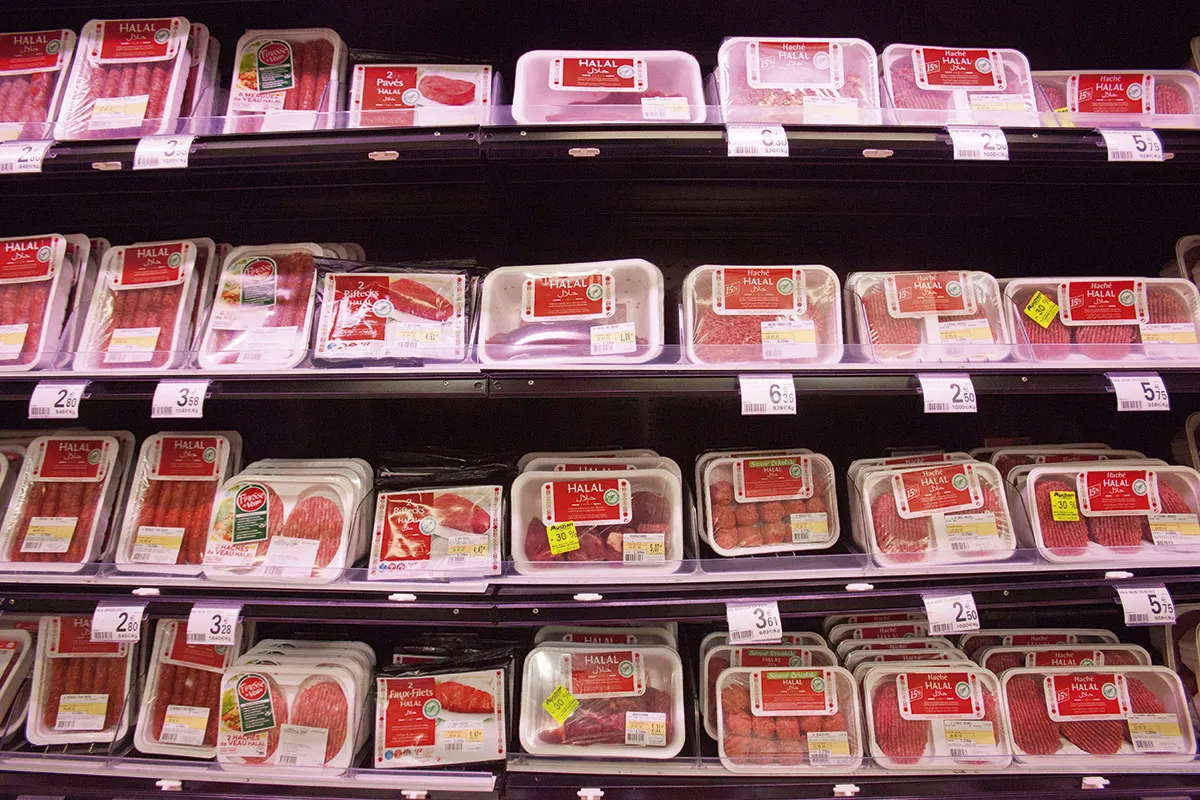
Now that the foetal bovine serum is out of the way, vegetarians could, ethically speaking, eat this meat – if they have an appetite for it.
The religious element is a little trickier. For meat to be permissible under Islamic and Jewish laws, there are strict rules on how animals are slaughtered and how the meat is prepared. Cultivated meat is set to trigger lively debates among religious leaders around the world (interpretations of scriptures vary geographically), and has already started doing so in some zones.
Would cultivating meat from kosher or halal meat cells solve the problem? In Indonesia, which has the world’s largest Muslim population, the influential Muslim organisation Nahdlatul Ulama has reportedly given a statement putting cultivated meat in “the category of carcass which is legally unclean and forbidden to be consumed.”
In contrast, the Muslim-majority country Qatar is heavily investing in the technology, and building a production plant with GOOD Meat.
Meanwhile, in the London Beth Din (Court of the Chief Rabbi), there’s excitement at the prospect of a meat that could be a neutral food, under kosher law. Foods in milk or meat categories must be kept separate, so to have a neutral meat could provide a convenient loophole. And it could eventually provide cheaper kosher meat, which traditionally tends to be expensive.
As Rabbi Conway says: “This is an extraordinary breakthrough and potentially a very exciting development for the kosher consumer. If the meat was available on a commercial scale, we would need full details of the manufacturing process and the ingredients used to rule whether it was kosher, but potentially this could make life easier and cheaper for kosher consumers.”
What would happen to farmers and their animals if cultivated meat takes off?
“We envision that small-scale conventional farming will still be used for premium meat cuts and dairy products for years to come,” says Post. “This protein transition will happen over decades, and innovations rarely completely replace existing practices. Cellular agriculture has the potential to create a more balanced and symbiotic relationship between small-scale farmers, consumers and the planet.”
Post’s team is already partnering with a farmer in the Netherlands, who keeps a free-roaming, high-quality herd of Limousins, raised not for slaughter, but for regular biopsies for Mosa Meat’s burgers. “The same way that crop farming currently provides feed for animals, we also require feed for our cells, using the same type of nutrients a cow needs,” says Post. “We will work with farmers to grow the crops needed to feed our beef cells.”
UPSIDE Foods takes a similar view, while Tetrick says GOOD Meat is developing a beef line, culturing meat cells from a company called Toriyama, which is a high-end wagyu beef producer in Japan. “That’s another interesting thing about cultivating meat – you can use these high-end meat sources and the cost to do it isn’t any more,” Tetrick says.
It’s not just meat that can be cultivated
Dairy, without the cow
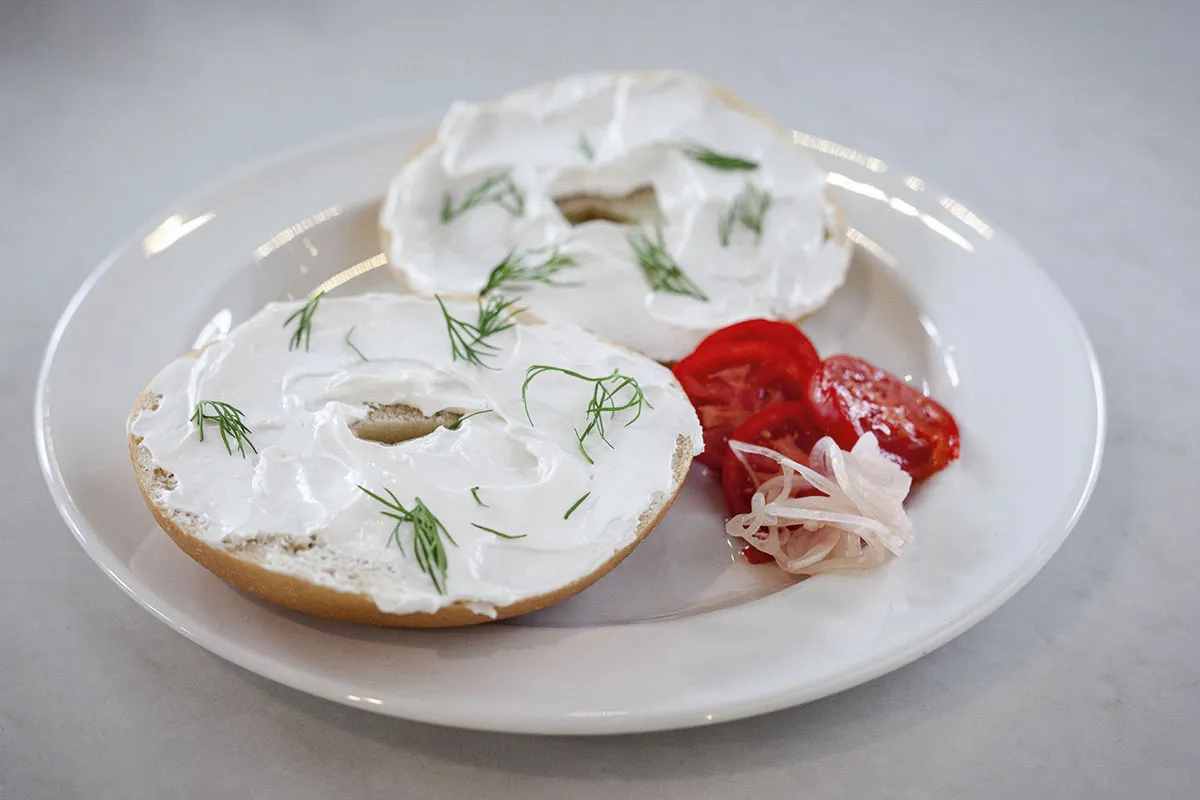
From milk to ice-cream to creamcheese, Perfect Day’s milk proteinis already available in over 5,000stores across the US. But insteadof being made by cattle, it’sproduced by a fungus geneticallyprogrammed to create cow wheyprotein, using the same precisionfermentation technologyresponsible for medical insulin. Andthe best bit: it’s lactose free.
Egg whites, without the chicken

Precision fermentationis used by EveryCompany to makeegg white, as well as asoluble version of theprotein that even thefussiest palate would behard-pressed to taste orsee, making it an ideal additive for protein-boosting drinks andother products.
Bluefin tuna, but no fishing
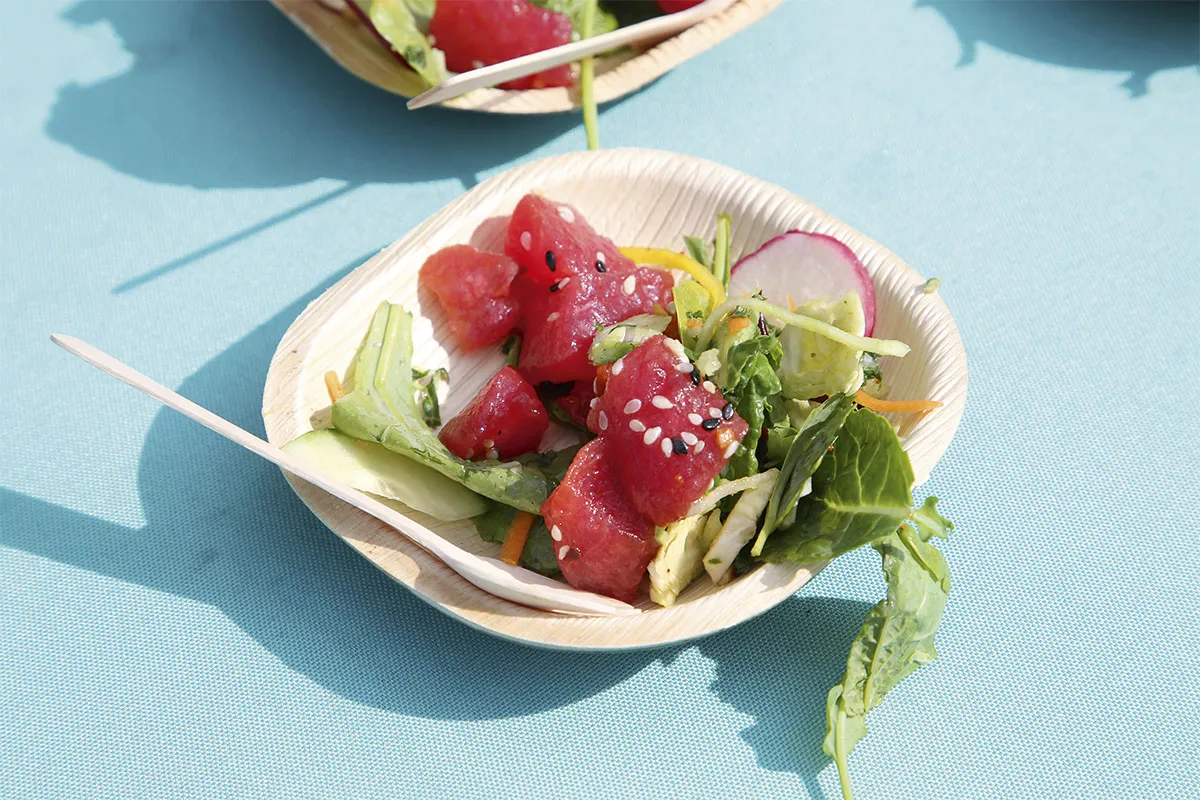
As the name suggests, Finless Foodsis creating animal-free fish. Thecompany cultures bluefin tunacells in what it calls a microbrewery-style production facility. I was luckyenough to attend an early prototypetesting in 2017, and I can confirm thatthe fish croquettes tasted subtlyof a sea in which the cells hadnever swum.
No-hunt exotic beasts
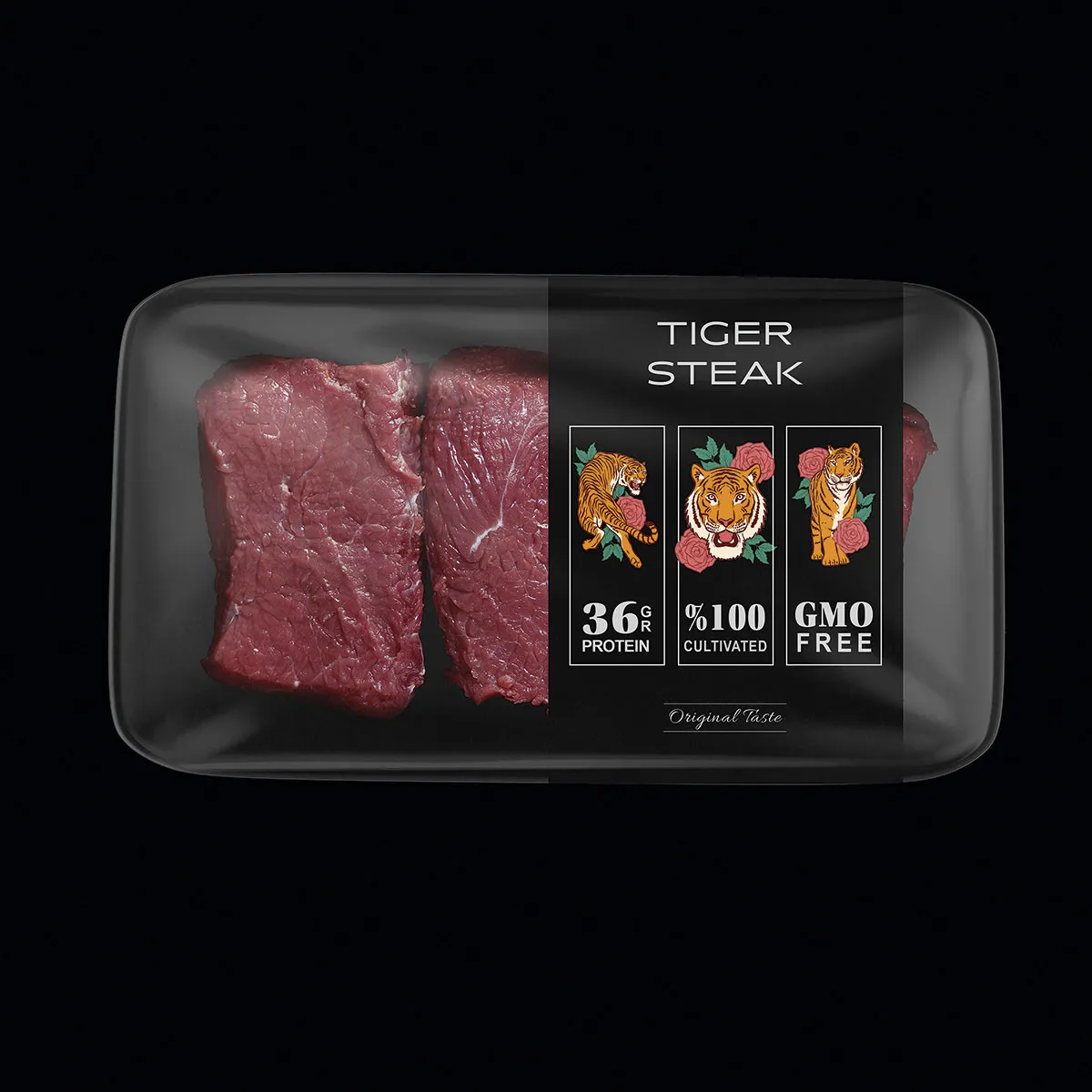
Start-up PrimevalFoods sees thenext logical step inculturing meat cellsas a chance to tasteexotic, off-limitsanimals such as lionand zebra. Afterlaunching in 2022,Primeval Foods isalready promisingimminent tastingsin London and NewYork, and has so farreleased pack shots oftiger steak and zebrasushi rolls.
- This article first appeared inissue 377ofBBC Science Focus Magazine–find out how to subscribe here